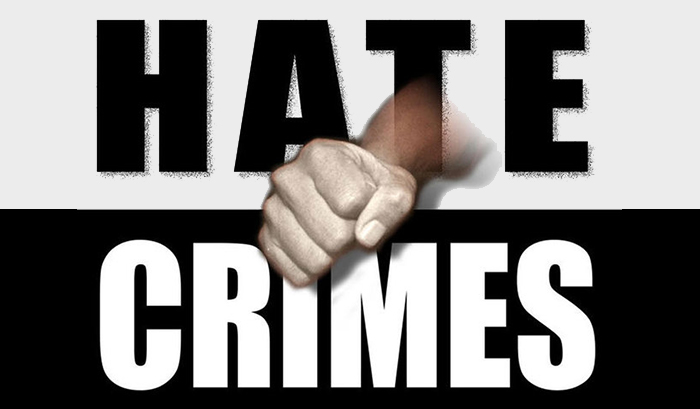[img]1|left|||no_popup[/img]When this morning’s edition of the Daily Breeze was tossed onto the porches of South Bay homes, readers were informed that a 16-year-old student from Port of Los Angeles High School was swiped and attacked on her way to school yesterday morning. (http://www.dailybreeze.com/news/ci_12561564)
What followed was practically a minute-by-minute account of the girl’s hours of unimaginable trauma.
LAPD Det. Gregory Stone told the Breeze:
1. Where the girl was walking when she was abducted,
2. Precisely how the kidnapper approached her,
3. What he looked like,
4. What his car looked like,
5. How she responded,
6. What he told her when she was in the car,
7. Action that he took once she was tucked inside,
8. Where the two of them went, down to the block,
9. The exact building they entered,
10. What he did with the car,
11. How he prepared his assault of her,
12. What he told her during and after the attack,
13. His method of departure, and, finally,
14. What the victim did after the punk fled.
Minimally, these are 14 more rudimentary facts than the fanatically cautious Culver City Police Dept. has divulged to the public in the Jan. 2 homicide of a city worker, Paul Bilodeau, at a Fox Hills construction site.
Nary a Useful Answer
Virtually every question I have presented to the department has gone unfulfilled.
Its corollary is asking your teenager where he went, and he replies “Out.”
To my knowledge, these 14 cogent facts about a felony barely 24 hours old are 14 more than Culver City cops even have disclosed to the Bilodeau family in the last 160 days.
This is not about solving the case, of course.
This is about informing the community of what happened in a crime rich with intrigue and then keeping the community apprised.
For decades, Culver City cops — from chief to the officer on the lowest rung —have proudly compiled a notorious reputation for stonewalling all, not some, significant questions about felonies and embarrassing questions.
Candor is a non-starter.
The policy of strict 100 percent silence was formulated by the retired Chief Ted Cooke, who came to Culver City from the LAPD in the 1970s.
Any cop foolish enough to test Mr. Cooke was humiliated so profoundly that some feared revealing the truth to their wives.
Until his retirement, Mr. Cooke was — and in some quarters still is — the most feared personality in Culver City, thugs and entertainment giants notwithstanding.
For Culver City purposes, The Cooke Legacy is breathing more intimidatingly today than even in the old chief’s heyday.
To every single officer presently in the department, it was immutable department policy, from the day he or she was hired, to not disclose meaningful information to any inquiring journalists.
Mostly, of course, there has been an absence of inquiring journalists.
This was a central reason that Mr. Cooke was able to brag for the last 25 years of his tenure that Culver City was a crime-free community where anything more serious than a stolen bike hardly ever occurred.
I think Moscow used to boast that it was crime-free, too.
There have been occasional breaks in this wall of silence. It must be reported that our newspaper has benefited from several departures from this iron policy.
It was and is a joke of disappointing proportions to some cops the way they can routinely stick their thumbs in the eyes of information seekers and walk away untouched.
Why do they do it? Because they can.
Mr. Bilodeau’s killer should be commended for his intellectual acuity in selecting Culver City as his crime site.
Just his good fortune that he murdered a young man on the doorsteps of perhaps the most obstreperous police department in Southern California or the state.
These cops will never tell.
(To be continued on Friday)







